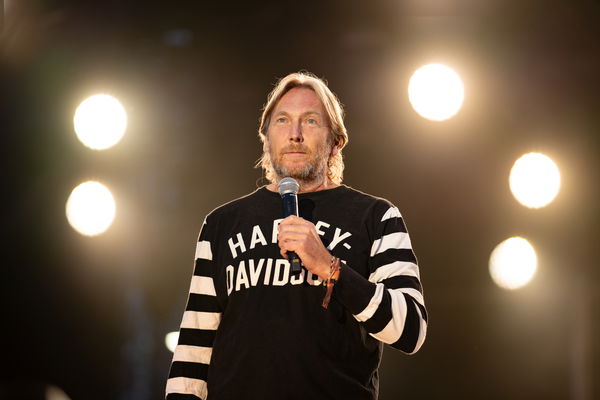Women in Moto: Developing the future of motorcycling
Women represent only a small percentage of motorcyclists in the UK, but there are moves afoot to change this
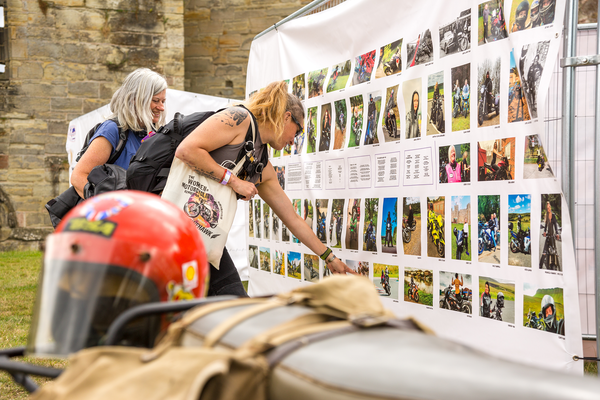
The Women in Moto show that took place a few weeks ago at Uttoxeter Racecourse is a particular event in that it is specifically aimed at women - a particularly small segment of the motorcycling community.
In fact, UK government data shows that 13 per cent of motorcyclists in the country were females between 2002 and 2022. Although this percentage rose and fell over the course of that 20-year period, it never exceeded 14 per cent, but was also never less than 13 per cent.
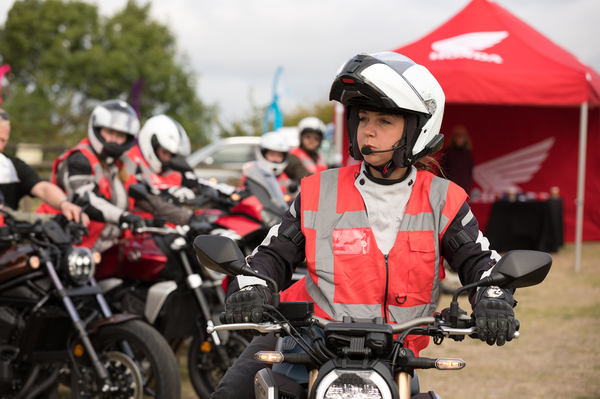
Either way, it doesn't take much more to work out that finding motorcycling women in the UK is not straightforward, but it is one area which, in some aspects, is looking to encourage more women to become involved in it, and
Many female riders are looking to change this, working to dismantle some of the barriers they found on their own two-wheeled journey, making things easier for those following in their footsteps.
Lindsay Atkinson - the organiser of the Women in Moto show who began riding in the early 2010s with a Vespa to overcome the issue of waiting for public transport in London - explained that the problem is not as simple as women being told by men that they should not or cannot ride motorcycles, for example, but it is also fundamental to the structure of the motorcycle industry, built on its own century-old, male-dominated past.
Motorcycles have generally been built by men, and generally built for men. That affects parameters based on size, weight, ergonomics, visuals, purpose, and much more. Aside from the motorcycle itself, it also affects how it is marketed, an the attitude of the motorcycle manufacturers is of course mirrored by the companies which produce the accessories and gear for the people who own and ride the products of those manufacturers.
“I think that there are a lot of manufacturers out there that aren’t yet clued up to the fact that women are their future target market," said Atkinson. "So, a lot of manufacturers are still creating absolutely huge bikes that often are harder for a shorter, female rider to touch the floor on, they’re often really heavy and really hard to pick up.
“Clothing-wise, whilst you’ve got [brands like] Oxford Products and MotoGirl which are really trying to [create items which are better for women], a lot of other, bigger brands are just doing a very basic offering to cover the tickbox of doing female-focused gear, but actually what they’re creating is absolute crap.
“So, there’s still a lack of clothing, still a lack of bikes- training is getting better, but there’s still your kind of one-man-band CBT guy who kind of looks down on a girl that’s come in and says ‘you have to ride an automatic because I don’t think you’re going to be good enough’.”
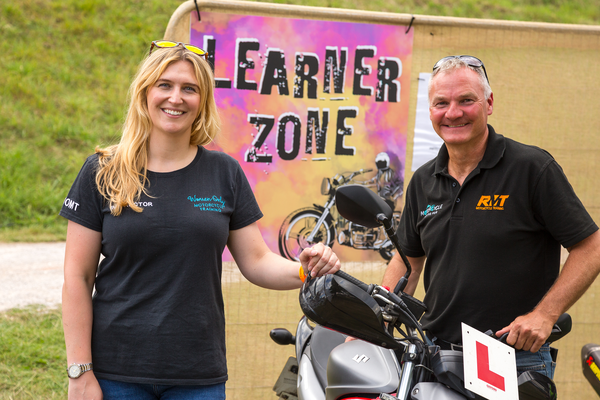
Laura Smith founded and runs WOMT - Women Only Motorcycle Training. Its objective is as simple as its name: to provide motorcycle training exclusively to women. It offers training from pre-CBT level through to advanced post-licence training, and even remote training options for women who live too far from its Worcestershire base. Like so many people, Laura’s journey in motorcycling began with her dad.
“My dad rode," Smith said, "and I always enjoyed riding on the back. He sort of encouraged me to pass my test but, being like most adults, with lots of things to pay like bills, rent, and mortgages, I never really had the funds to do it.”
Laura did two taster lessons with the RMT school, which is now partnered with WOMT, and then went on to complete her CBT, and eventually her full licence. “Once I’d got my CBT under my belt,” Smith said, "things really started to take off, something clicked.”
Smith's motivation for starting WOMT was rooted in her own experience. “The idea for Women Only Motorcycle Training came from going to the all-female bike meet back in 2014 (which set the world record at the time for the most women bikers at a bike meet),” she said. “It was a great atmosphere, there were loads of female bikers there; [it was] probably the first of its kind in a long time.
“But a lot of the ladies there, including myself, really, were quite nervous about being there without partners, boyfriends, husbands, friends - whoever - to help them if things went wrong.
“That’s when I really started to think ‘hold on a minute, we shouldn’t be relying on our male counterparts to help us out.’ In some respects, I felt that the [motorcycle] training wasn’t thorough enough or good enough, or enough to stop these doubts creeping in. Although some people get really upset with the idea of segregating the sexes, in my opinion there are differences physically, and in the way that we learn and understand. But [...], nobody is stopping you from going to every other school out there [that isn’t women-only].”
But, the motorcycle training community is still “very heavily male-dominated,” Ms. Smith continued. “It wasn’t until I became a motorcycle instructor that I got the sense that there is still a lot of sexism, especially in the motorcycle industry.”
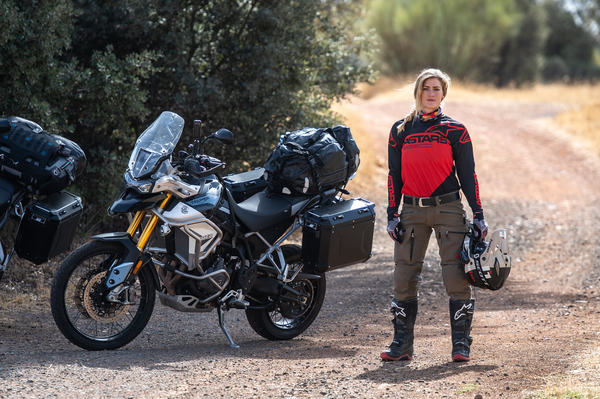
On the other hand, Vanessa Ruck (AKA The Girl on a Bike) found a different experience of sexism in motorcycling.
“I generally have incredible encounters with men in motorsports,” said Ruck, who is by now an experienced competitor in rally raids and who is currently preparing for her debut in the Africa Eco Race in January.
“I am very regularly in incredibly male-dominated scenarios in desert races. There aren’t many girls doing it, very often you’re the only female, or maybe there’s three females, and the support from the guys is phenomenal. I very rarely get a negative energy from the guys. Sometimes you’ll get your book judged by its cover - they look at you and see a blonde girl with long eyelashes, and small, and they just perceive that there’s no way you’re capable of doing the race.
“But, when you get into the bivouac at the end of the day, they’ve got so much respect for the fact that you have [done the race], because they know how hard it is, they were out there as well. I think there’s incredible support from the men in that environment.”
Outside of the competitive environment of rally raids, though, Ruck found something different. “I’d say that the environments where I get the most judgement for being a girl is honestly from other girls, at sign-on to races, where they presume you’re just there as a support person or a pit crew, and they don’t think you’re racing.”
Aside from that, “going into dealers,” Ruck said. “They just look at you and perceive that ‘obviously’ you’re not a motorcycle rider; I remember walking into one dealer once and the salesperson came up to me like ‘if you could ride, what bike would you have?’ Yeah, I didn’t buy anything in that place.
“I think there is more of a worry that there’s negativity from guys, than there actually is. I think actually a lot of guys have a lot of support and energy for girls being on bikes. I think the biggest challenge for girls is some girls doing it for the wrong reasons. You know, small clothes, high heels, trying to look sexy and, actually, when you just crack on like a person on a bike, getting on with [riding] I don’t think there’s a big issue out there.”
